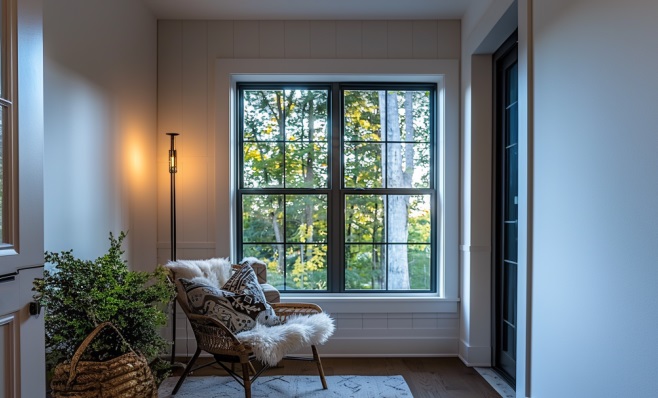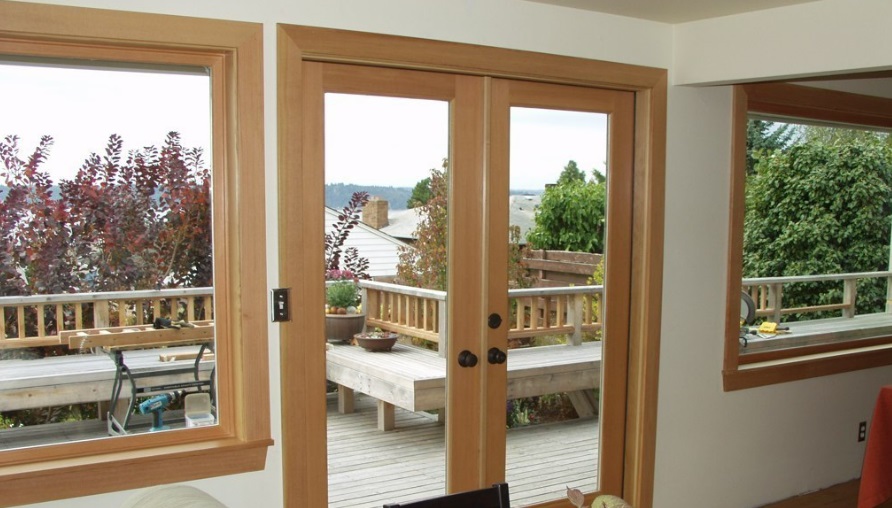The windows and doors in your home are the most vulnerable to air leaks, heat transfer, and energy loss. So when you decide to start shopping for new windows, you want products that will provide higher efficiency. How do you know which products have better insulation? Just because your windows are approved by an Energy Star label doesn’t mean the products are all created equal. You have to know how to read the ratings from the National Fenestration Rating Council (NFRC). The energy performance ratings provide comparable numbers so you can find products that are the best fit for your home. But translating these labels can be difficult.
Reading NFRC Energy Labels
New windows will come with white labels from the NFRC. It usually has five measurements. The most crucial ratings are the Solar Heat Gain Coefficient (SHGC) and the U-factor. The other measurements on the label are not as vital, but will help you when you are comparing similar windows styles.
- SHGC
This measurement shows how well the windows block unwanted radiant heat from sunlight. This is important if you want to keep your home cool on hot summer days. This rating ranges from 0 to 1, and lower numbers indicate less solar heat transfer. This will be less heat come into your home, so you will spend less money on cooling costs in summer.
- U-Value
This rating shows the rate of heat flow that travels through a window. It depends on the quality and type of materials, the manufacturing and engineering as well as the quality of assembly. It is important in colder climates because you don’t want heat escaping. Ratings range from 0.2 and 1.2 and you want numbers closer to zero. They will be better insulators and give you the best performance.
- Visible Transmittance (VT)
As the name indicates, this measurement shows you how much natural light filters through the product. While it doesn’t have anything to do with energy efficiency, it will be important if you want to block unwanted sunlight. The ratings go from 0 to 1. If you want to block light, choose a VT closer to 0. But if you want to capitalize on natural light, find products with a higher VT.
- Condensation Resistance
If you find fog or moisture between the panes of your window, that is a bad sign. Windows that constantly fog up in the winter can be frustrating. Condensation resistance ratings go from 0 to 100 and higher numbers indicate better resistance. Unfortunately, this rating is not required and some products will not list it.
- Air Leakage
No product is perfectly sealed and this rating tells you how much air filters through the windows of your home. These numbers go from 0.1 to 0.3 in cubic feet per minute per square foot. Lower air leakage ratings means the products are more air tight. This will result in less air leaks and better efficiency. Over time, the air leakage rating will change as materials contract, expand, and break down.
Call the Experts
Want to know more about the energy ratings on fiberglass windows? Call Signature Window and Door Replacement! Our professionals can walk you through the energy ratings that are best for your new windows in Tacoma, WA and the surrounding area. With their help and design knowledge, you will get the best products at the best prices. You can reach us at 253-887-7792 or visit our storefront, 22613 68th Ave S, Kent, WA 98032.





